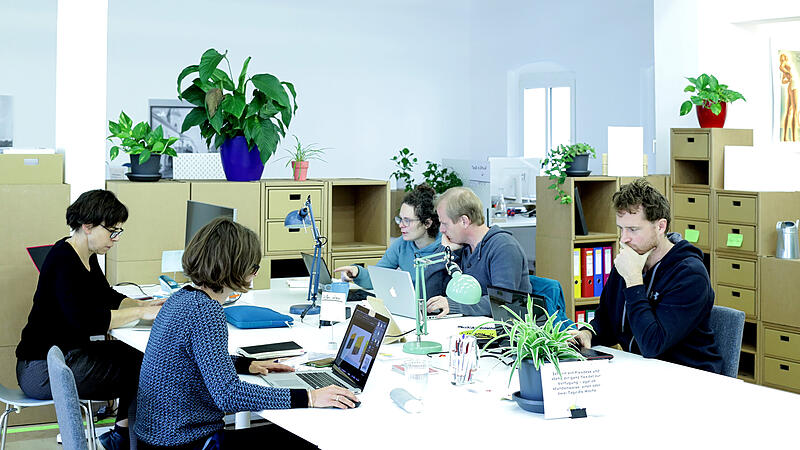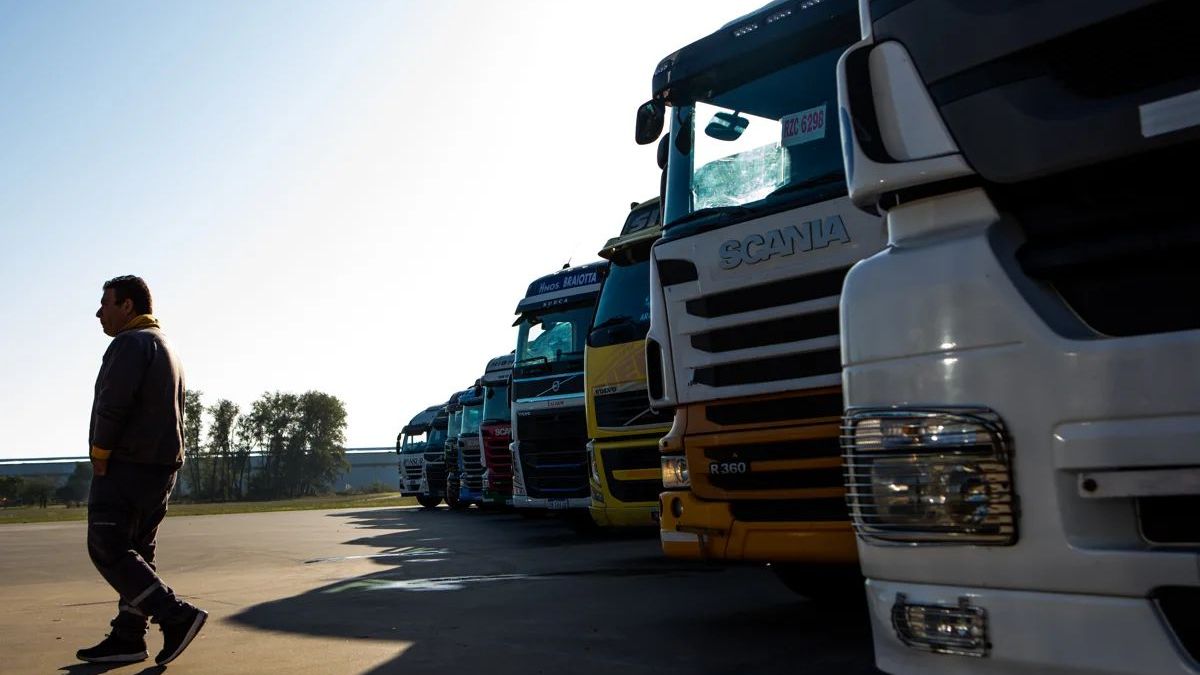The presence culture in the office has been obsolete since the outbreak of the Covid pandemic a good two years ago at the latest. Working from home has become a well-functioning reality in the lives of many workers. Because by working from home, they save a lot of time, kilometers and also CO2 emissions. However, the downside is also becoming more and more noticeable: “Professional and private life flow into one another, and there is also an increasing lack of personal exchange with other people,” says Erich Lehner, managing partner at the Linz location of the consulting and testing company EY. In January, EY surveyed more than 1,000 employees in Austria on the subject of “future jobs”.
According to this, more than half of Austrians can use their home office. 77 percent are also satisfied with the equipment. On average, a third of the working time is spent in the home office – many do not want more. A third of those surveyed stated that they missed the variety of locations, the contact with colleagues and the dynamics of on-site appointments.
This is also the reason why the interest in co-working spaces is so high. These are premises that are used jointly by employees from several companies or separate offices that are set up by companies away from the headquarters. 53 percent of those surveyed would be interested in temporarily changing their place of work if the office was closer. Those under the age of 30 are particularly interested (67 percent). More than a quarter can imagine switching to an employer that offers co-working spaces. “The labor market has been swept empty. Such new working models not only help to find skilled workers, but also to retain them in the long term,” says Werner Pamminger, Managing Director of the Upper Austrian location agency Business Upper Austria (Biz-up). Biz-up manages 50 co-working spaces in a wide variety of forms across the state. “New potential for skilled workers can be tapped if you get closer to the center of life of the employees,” says Pamminger. “We are facing a paradigm shift,” says Lehner: Those who approach these things positively have advantages in the search.
Expectations change
“Especially among young people, we see a rethinking of what an employer has to bring,” says Marion Raninger, auditor and tax consultant at EY in Linz. A nationwide promotion of co-working spaces, especially in rural areas, would reduce the number of kilometers driven by car and reduce CO2 emissions. With 2.3 million employees in Austria, EY expects an annual savings potential of 585,563 tons. (prel)
Source: Nachrichten




